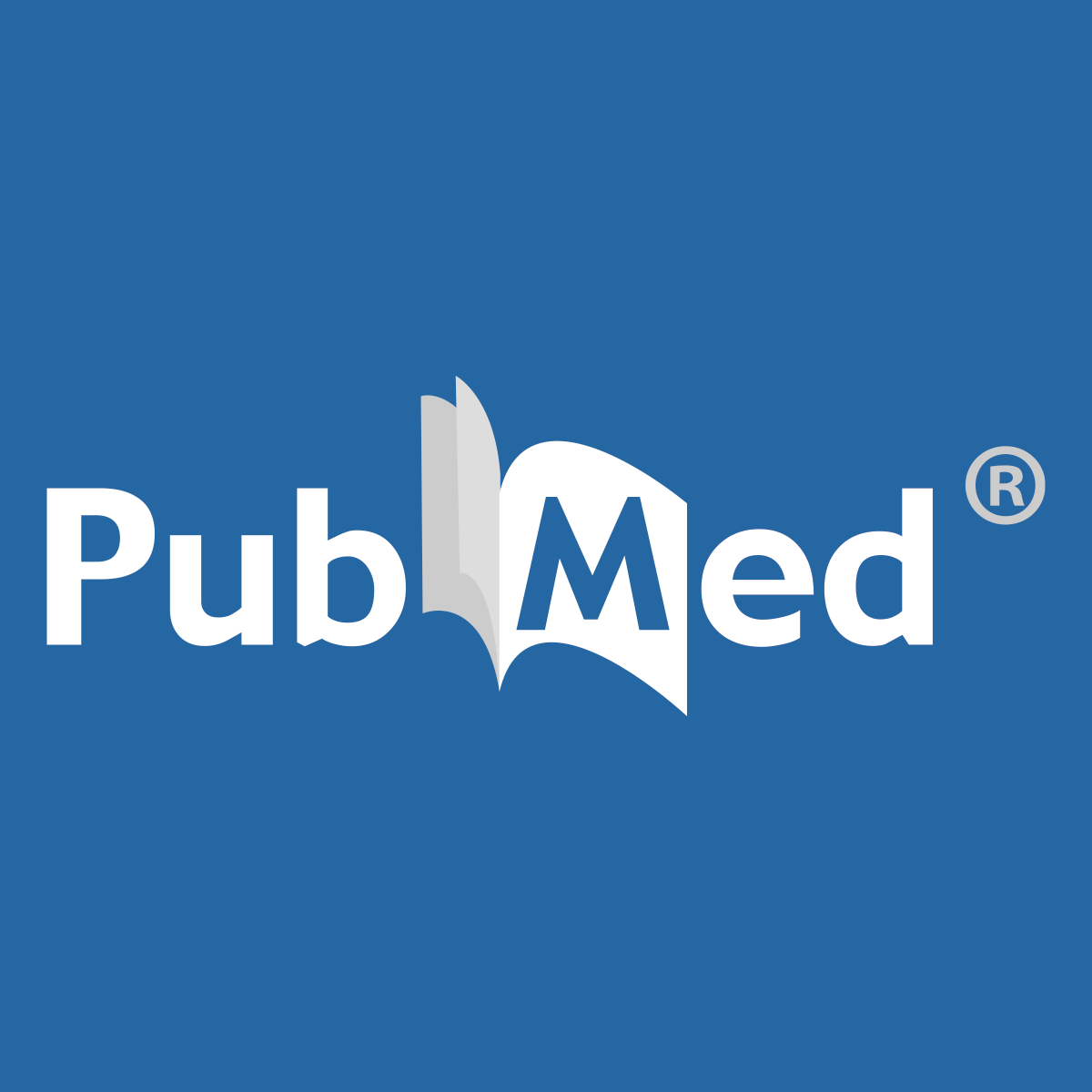Human growth hormone may be detrimental when used to accelerate recovery from acute tendon-bone interface injuries.
Baumgarten KM, et al. J Bone Joint Surg Am. 2013.
Abstract
BACKGROUND: There have been few scientific studies that have examined usage of human growth hormone to accelerate recovery from injury. The hypothesis of this study was that human growth hormone would accelerate tendon-to-bone healing compared with control animals treated with placebo in a rat model of acute rotator cuff injury repair.
METHODS: Seventy-two rats underwent repair of acute rotator cuff injuries and were randomized into the following postoperative dosing regimens: placebo, and human growth hormone at 0.1, 1, 2, 5, and 10 mg/kg/day, administered subcutaneously once per day for fourteen days (Protocol 1). An additional twenty-four rats were randomized to receive either (1) placebo or (2) human growth hormone at 5 mg/kg, administered subcutaneously twice per day for seven days preoperatively and twenty-eight days postoperatively (Protocol 2). All rats were killed twenty-eight days postoperatively. Mechanical testing was performed. Ultimate stress, ultimate force, stiffness, energy to failure, and ultimate distension were determined.
RESULTS: For Protocol 1, analysis of variance testing showed no significant difference between the groups with regard to ultimate stress, ultimate force, stiffness, energy to failure, or ultimate distension. In Protocol 2, ultimate force to failure was significantly worse in the human growth hormone group compared with the placebo group (21.1 ± 5.85 versus 26.3 ± 5.47 N; p = 0.035). Failure was more likely to occur through the bone than the tendon-bone interface in the human growth hormone group compared with the placebo group (p = 0.001). No significant difference was found for ultimate stress, ultimate force, stiffness, energy to failure, or ultimate distension between the groups in Protocol 2.
CONCLUSIONS: In this rat model of acute tendon-bone injury repair, daily subcutaneous postoperative human growth hormone treatment for fourteen days failed to demonstrate a significant difference in any biomechanical parameter compared with placebo. Furthermore, subcutaneous administration of 5 mg/kg of human growth hormone twice daily from seven days preoperatively until twenty-eight days postoperatively demonstrated lower loads to ultimate failure and a higher risk of bone fracture failure compared with placebo.
Link

 www.ncbi.nlm.nih.gov
www.ncbi.nlm.nih.gov
Baumgarten KM, et al. J Bone Joint Surg Am. 2013.
Abstract
BACKGROUND: There have been few scientific studies that have examined usage of human growth hormone to accelerate recovery from injury. The hypothesis of this study was that human growth hormone would accelerate tendon-to-bone healing compared with control animals treated with placebo in a rat model of acute rotator cuff injury repair.
METHODS: Seventy-two rats underwent repair of acute rotator cuff injuries and were randomized into the following postoperative dosing regimens: placebo, and human growth hormone at 0.1, 1, 2, 5, and 10 mg/kg/day, administered subcutaneously once per day for fourteen days (Protocol 1). An additional twenty-four rats were randomized to receive either (1) placebo or (2) human growth hormone at 5 mg/kg, administered subcutaneously twice per day for seven days preoperatively and twenty-eight days postoperatively (Protocol 2). All rats were killed twenty-eight days postoperatively. Mechanical testing was performed. Ultimate stress, ultimate force, stiffness, energy to failure, and ultimate distension were determined.
RESULTS: For Protocol 1, analysis of variance testing showed no significant difference between the groups with regard to ultimate stress, ultimate force, stiffness, energy to failure, or ultimate distension. In Protocol 2, ultimate force to failure was significantly worse in the human growth hormone group compared with the placebo group (21.1 ± 5.85 versus 26.3 ± 5.47 N; p = 0.035). Failure was more likely to occur through the bone than the tendon-bone interface in the human growth hormone group compared with the placebo group (p = 0.001). No significant difference was found for ultimate stress, ultimate force, stiffness, energy to failure, or ultimate distension between the groups in Protocol 2.
CONCLUSIONS: In this rat model of acute tendon-bone injury repair, daily subcutaneous postoperative human growth hormone treatment for fourteen days failed to demonstrate a significant difference in any biomechanical parameter compared with placebo. Furthermore, subcutaneous administration of 5 mg/kg of human growth hormone twice daily from seven days preoperatively until twenty-eight days postoperatively demonstrated lower loads to ultimate failure and a higher risk of bone fracture failure compared with placebo.
Link

Human growth hormone may be detrimental when used to accelerate recovery from acute tendon-bone interface injuries - PubMed
In this rat model of acute tendon-bone injury repair, daily subcutaneous postoperative human growth hormone treatment for fourteen days failed to demonstrate a significant difference in any biomechanical parameter compared with placebo. Furthermore, subcutaneous administration of 5 mg/kg of...
